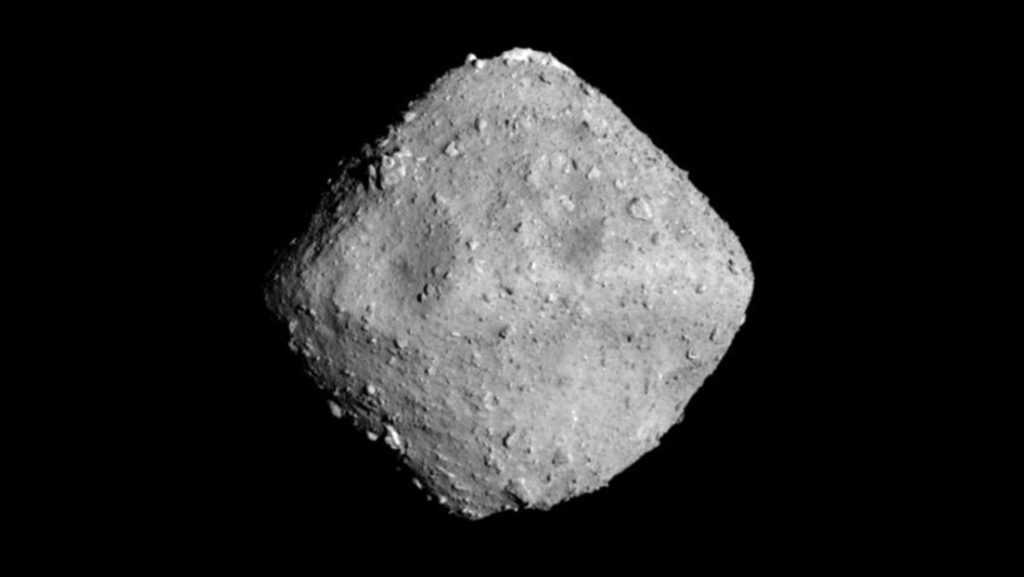They reveal that the asteroid Ryugu contains some of the ‘most primitive’ material ever examined on Earth.

Posted:
December 21, 2021 15:22 GMT
Experts believe that the celestial body most likely contains material from the nebula from which the Sun and its planets were born billions of years ago.
A group of scientists has concluded that tiny rock particles taken from the asteroid Ryugu are among the most “primitive” bits of material examined on our planet, according to Article – Commodity It was published Monday in the journal Nature Astronomy.
The celestial body measures Diameter 900 meters It orbits the Sun between Earth and Mars, and sometimes crosses the orbit of our planet. Experts believe that this carbonaceous asteroid likely contains material from the nebula that gave birth to the Sun and its planets billions of years ago.
Two years ago, the Japanese robotic spacecraft Hayabusa2 collected samples from the surface of Ryugu, which was in December 2020 Transfer Successfully grounded in an airtight container transferred into a capsule. The results of the preliminary analysis of these rock fragments have now been presented.
“Incredibly dark cut”

“We are still only at the beginning of our investigations, but our results indicate that these samples are among the oldest materials available in our laboratories.” to explain Cedric Bellorget, associate professor at the Institute of Space Astrophysics at the University of Paris-Saclay and lead author of the research.
Samples from the asteroid that The exact age is still unknown, including about 5.4 grams of material. Toru Yada, a senior research associate at the Japan Aerospace Exploration Agency and lead author of another journal, said Research related to samples, and was also published on Monday in the same scientific journal.
Yada and his colleagues found that the bulk density of the samples is lower than that of known carbonaceous meteorites, which is why they believe the rocks are very porous, meaning that there are many pockets between individual grains of material in the rocks. of the empty space that would allow water and gas to seep through.
The first step in the investigation

For their part, Bellorgit and his team used hyperspectral microscopy technology to take a closer look at the composition of the Ryugu samples and take high-resolution images. The footage revealed that the rock particles consisted of an “aqueous matrix” comprising clay-like materials, with carbon-based compounds embedded all around.
The French astrophysicist said the asteroid samples are among the darkest ever. “We have to understand why and what this means in terms of the formation and evolution of this substance,” he commented, explaining that they also discovered traces of Ammonia-rich compounds, which “could have certain implications regarding the origin of Ryugu and our understanding of primordial matter.”
These preliminary analyzes represent the first step in figuring out what the asteroid could tell us about the early solar system, but it will take longer. “You’ll get a lot of combination of additional technologies, especially those that can reach very precise scales,” Bellorgate concluded.
Did you find it interesting? Leave your opinion in the comments!

“Pop culture advocate. Troublemaker. Friendly student. Proud problem solver.”






:quality(70)/cloudfront-us-east-1.images.arcpublishing.com/metroworldnews/KAMPU362RJDWBEEJAHCQQIMWEE.jpg)



